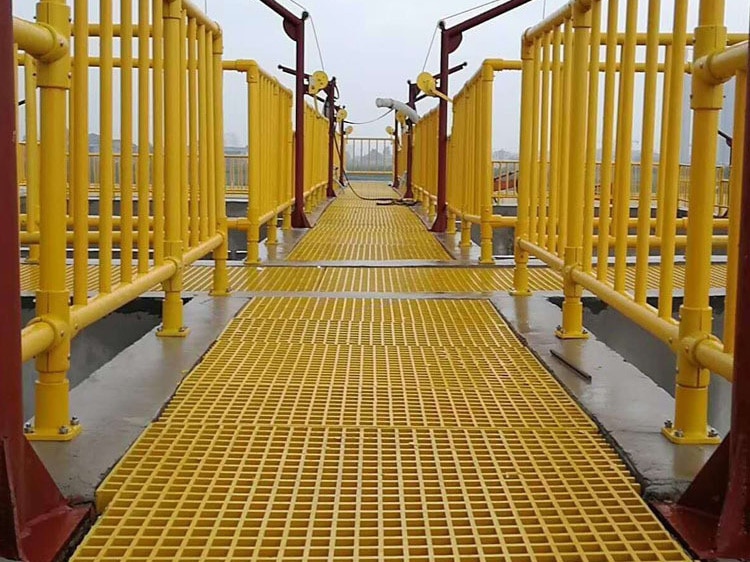
Introduction to FRP Platforms
What is an FRP platform?
An FRP (Factory Resource Planning) platform is a comprehensive software solution designed to optimize and streamline manufacturing processes within a factory environment. Unlike traditional ERP (Enterprise Resource Planning) systems, which focus on broader business operations, FRP platforms specifically target the unique needs of manufacturing facilities.
Why are FRP platforms important?
FRP platforms play a crucial role in modern manufacturing by integrating various functions such as production planning, inventory management, quality control, and machine monitoring into a single cohesive system. By providing real-time visibility and control over factory operations, these platforms enable manufacturers to improve efficiency, reduce costs, and enhance overall productivity.
Understanding FRP Platforms
How do FRP platforms work?
FRP platforms leverage advanced technologies such as IoT (Internet of Things), machine learning, and data analytics to gather and analyze data from various sources within the factory. This data is then used to optimize production schedules, identify potential bottlenecks, and make informed decisions in real-time, ensuring smooth and efficient operations.
Key components of FRP platforms
- Production Planning: Efficiently allocate resources and schedule production tasks to meet demand while minimizing waste.
- Inventory Management: Track raw materials, work-in-progress, and finished goods inventory levels to prevent stockouts and overstocking.
- Quality Control: Monitor product quality throughout the manufacturing process to identify defects and ensure compliance with industry standards.
- Machine Monitoring: Monitor equipment performance and health to prevent breakdowns and optimize maintenance schedules.
Benefits of Using FRP Platforms
Efficiency and cost-effectiveness By automating manual tasks, optimizing workflows, and reducing waste, FRP platforms help manufacturers operate more efficiently and cost-effectively, ultimately improving profitability.
Enhanced data security FRP platforms incorporate robust security features to protect sensitive manufacturing data from cyber threats and unauthorized access, ensuring compliance with industry regulations and standards.
Scalability and flexibility With modular architecture and customizable features, FRP platforms can easily scale to accommodate changing business needs and evolving market conditions, providing manufacturers with the agility to adapt and grow.
Challenges and Limitations
Integration complexities Integrating an FRP platform with existing systems and processes can be complex and time-consuming, requiring careful planning and coordination to ensure seamless integration and minimal disruption to operations.
Data migration challenges Migrating data from legacy systems to an FRP platform can pose challenges due to data format compatibility issues, data cleanliness concerns, and the risk of data loss or corruption.
Maintenance and updates Maintaining and updating an FRP platform requires ongoing investment in terms of time, resources, and expertise, as manufacturers must stay current with software updates, patches, and security fixes to ensure optimal performance and reliability.
Future Trends in FRP Platforms
AI integration and predictive analytics AI-powered algorithms and predictive analytics will play an increasingly important role in FRP platforms, enabling manufacturers to forecast demand, optimize production schedules, and proactively identify and address potential issues before they occur.
IoT integration The integration of IoT devices and sensors with FRP platforms will enable real-time monitoring and control of factory equipment and processes, allowing manufacturers to achieve higher levels of automation, efficiency, and quality.
Blockchain technology integration Blockchain technology holds promise for enhancing transparency, traceability, and trust in manufacturing supply chains by providing secure and immutable records of transactions and product provenance.
Case Studies
Successful implementations Numerous manufacturers across various industries have successfully implemented FRP platforms to improve efficiency, reduce costs, and gain a competitive edge in the market. For example, Company X, a leading automotive manufacturer, increased production throughput by 30% and reduced inventory holding costs by 20% after implementing an FRP platform.
Real-world applications In addition to traditional manufacturing sectors such as automotive, aerospace, and electronics, FRP platforms are increasingly being adopted in emerging industries such as 3D printing, biotechnology, and renewable energy, where complex production processes and rapid innovation require advanced planning and control capabilities.
FAQs about FRP Platforms
What industries benefit from FRP platforms?
FRP platforms are beneficial for a wide range of industries, including automotive, aerospace, electronics, consumer goods, pharmaceuticals, and food and beverage.
How can businesses choose the right FRP platform?
Businesses should consider factors such as their specific manufacturing requirements, budget constraints, scalability needs, and vendor reputation when choosing an FRP platform.
Can FRP platforms integrate with existing systems?
Yes, many FRP platforms offer integration capabilities with existing ERP, MES (Manufacturing Execution System), and PLM (Product Lifecycle Management) systems to ensure seamless data exchange and interoperability.
Are FRP platforms suitable for small businesses?
While traditionally associated with large-scale manufacturing operations, FRP platforms are increasingly being adapted to suit the needs of small and medium-sized enterprises (SMEs) by offering modular solutions and flexible pricing models.
How secure are FRP platforms?
FRP platforms employ robust security measures such as encryption, access controls, and audit trails to protect sensitive manufacturing data from unauthorized access, ensuring compliance with industry regulations and standards.
What are the typical costs associated with FRP platforms?
The costs associated with FRP platforms vary depending on factors such as the scope of functionality, deployment model (cloud-based vs. on-premises), number of users, and additional services such as training and support. Generally, pricing is based on a subscription or licensing model, with options for monthly or annual payments.
